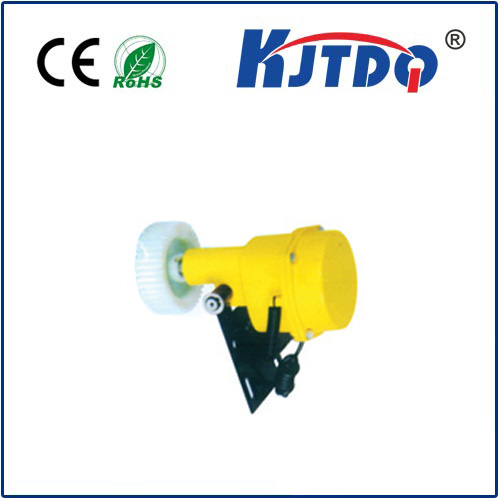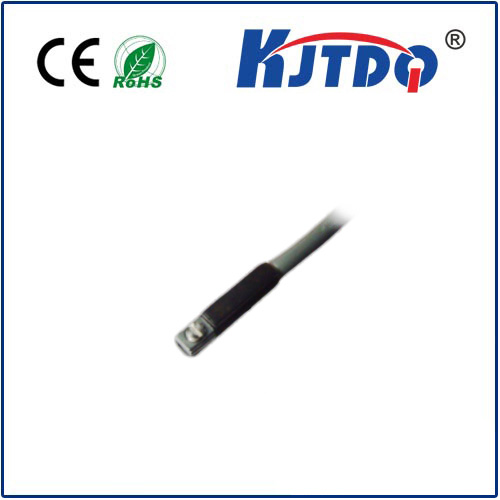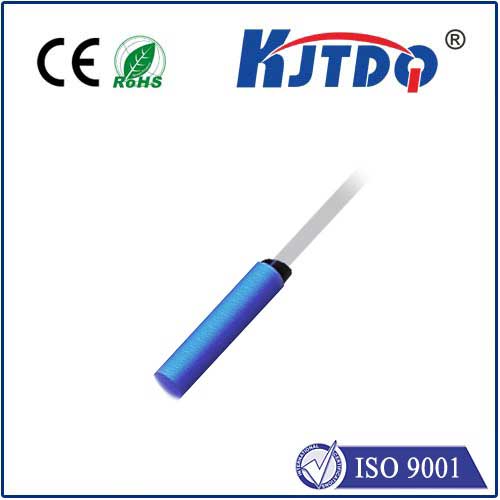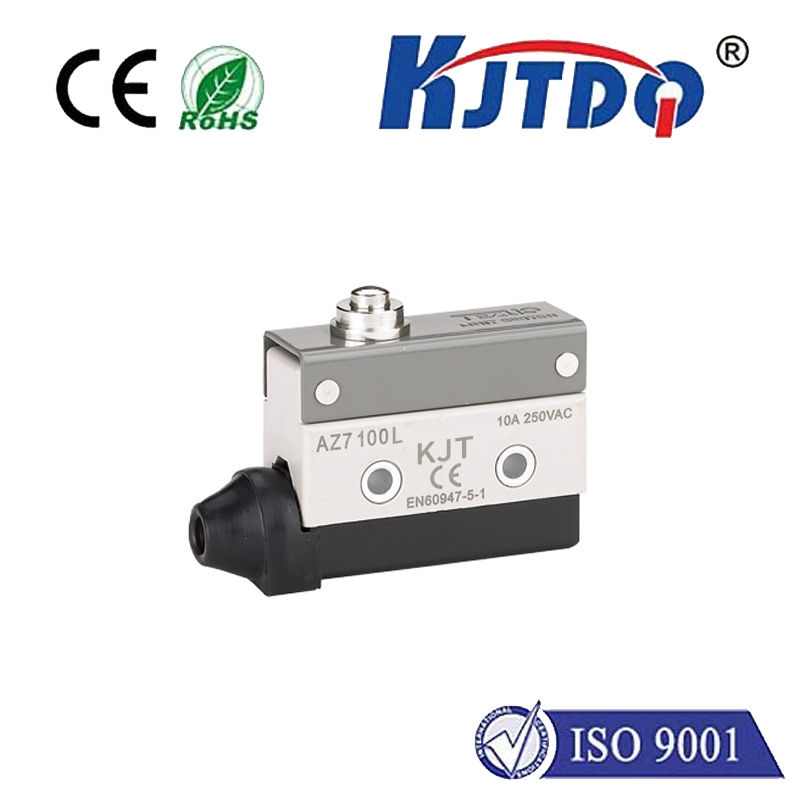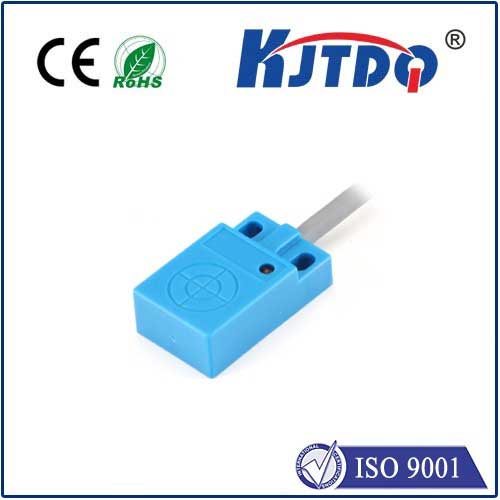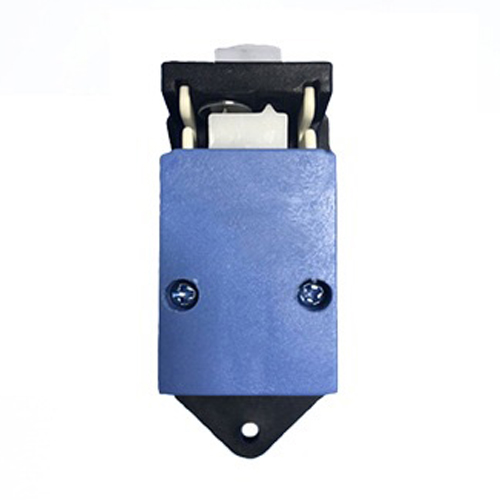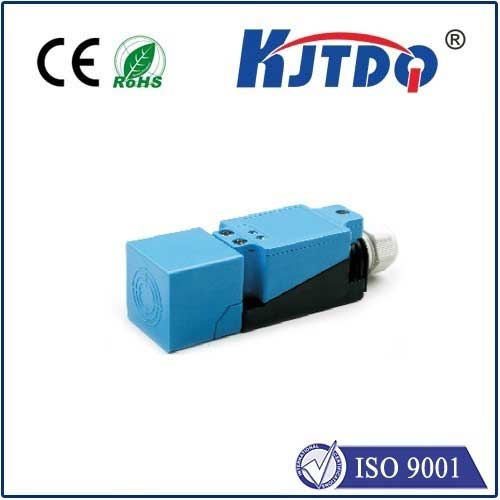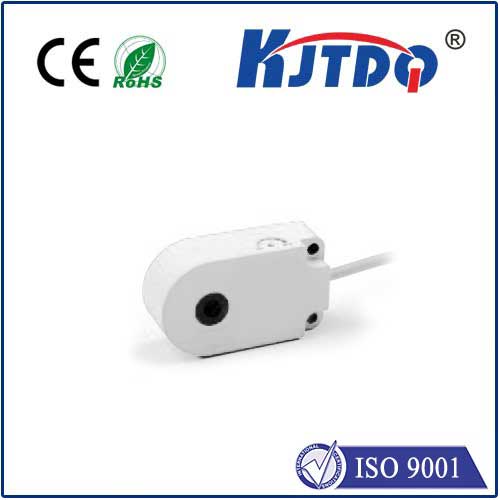

check

check

check

check

check

check

check

check

check

check
Capacitive Proximity Sensor Circuit: A Versatile Technology for Modern Applications
The capacitive proximity sensor circuit has become an integral part of modern technological advancements. This innovative technology is based on the principle of capacitance, which is the ability of a body to store electrical charge. By using this principle, engineers have developed sensors that can detect the presence or absence of objects in their vicinity without physical contact. In this article, we will explore the key features, applications, and benefits of capacitive proximity sensor circuits.
Key Features of Capacitive Proximity Sensor Circuits
One of the primary advantages of capacitive proximity sensor circuits is their non-contact nature. Unlike traditional switches that require physical contact to operate, these sensors use changes in capacitance to detect nearby objects. This makes them ideal for applications where contamination or wear and tear may be a concern. Additionally, they are highly sensitive and can detect objects at distances ranging from a few millimeters to several meters away.

Another important feature of capacitive proximity sensor circuits is their versatility. They can be designed to work with a wide range of materials, including metals, plastics, and even liquids. This allows them to be used in various industries such as automotive, healthcare, and industrial automation. Furthermore, they are easy to integrate into existing systems and can be customized to meet specific requirements.
Applications of Capacitive Proximity Sensor Circuits
Capacitive proximity sensor circuits have numerous applications across different sectors. In the automotive industry, they are used in door handles, retractable mirrors, and seat occupancy sensors. In healthcare, they are employed in medical devices such as blood glucose monitors and insulin pumps. Additionally, they are widely used in robotics and automation for object detection and sorting tasks.
One notable application of capacitive proximity sensor circuits is in touchscreen technology. Touchscreens rely on capacitive sensors to detect finger movements on the screen's surface. These sensors are essential components of smartphones, tablets, and other touch-enabled devices. They provide a user-friendly interface and enable seamless navigation through various applications.
Benefits of Capacitive Proximity Sensor Circuits
The use of capacitive proximity sensor circuits offers several benefits over traditional switching mechanisms. Firstly, they eliminate the need for physical contact, reducing the risk of wear and tear on components. Secondly, they offer high sensitivity and accuracy, ensuring reliable performance in various environments. Finally, they provide greater flexibility in design and implementation, allowing engineers to create custom solutions tailored to specific needs.
Conclusion
Capacitive proximity sensor circuits represent a significant advancement in modern technology. Their non-contact nature, versatility, and reliability make them suitable for use in a wide range of applications across different industries. With continued development and innovation, it is likely that we will see even more sophisticated uses for capacitive proximity sensor circuits in the future. As we continue to embrace new technologies, understanding and leveraging the capabilities of capacitive proximity sensor circuits will be crucial to staying ahead in the ever-evolving landscape of modern electronics.
